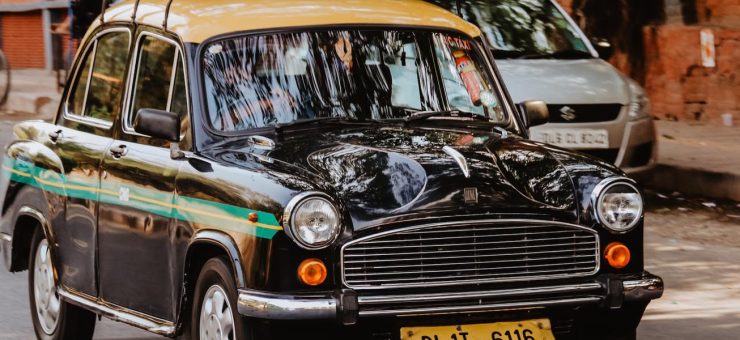New Delhi is the capital of the India and its third largest city. The city actually consists of two parts. “Delhi” or “Old Delhi” was the capital of Muslim India between the 12th and 19th centuries. In Old Delhi you will find many mosques, monuments and forts relating to India’s Muslim history – the famous Red Fort complex and the utterly flamboyant Jama Masjid mosque among them – are just as impressive as those of the new city. The other Delhi is “New Delhi”, the imperial city created as a capital of India by the British. New Delhi is a elegant and spacious, with fine dining and excellent shopping, bisected by the wide, majestic thoroughfare known as the Rajpath. In addition to its historic interest and role as the government centre, New Delhi is a major travel gateway. New Delhi is one of India’s busiest entrance points for overseas airlines, the hub of the north Indian Travel network and is on the overland route across Asia.
Exploring Delhi
There are so many sights to see and things to do in Delhi, you could easily spend a couple of weeks here. Whether you’re visiting for a weekend or have the luxury of an extra couple of days, these two- and four-day itineraries will help you make the most of your time in this vibrant city.
Delhi is a city of unparalleled historical significance, boasting an impressive collection of monuments that span over 1,000 years of rich history. From the soaring minaret of the Qutb Minar (Qutub Minar) to the imposing Red Fort, and from the dramatic Jama Masjid to the serene Humayun’s Tomb, Delhi’s monuments are a testament to the city’s remarkable past. In addition to these awe-inspiring landmarks, Delhi is also home to some of the grandest monuments of the British Raj, such as India Gate. A visit to Delhi is a must for anyone interested in exploring the diverse history and culture of India.
Delhi lies sprawled across the river Yamuna, occupying close to 1500 sq. km. It is a microcosm of India – people, music and dance, customs, traditions and cuisine, from all across this rich land blend within its folds. Exploring the metropolis can be a fascinating experience.
Delhi is one of the fastest growing cities of the world and the amazing number of people, the cacophony of sounds, the maze of traffic – cycles, rickshaws and horse-drawn carriages jockeying for space with a medley of cars and buses, can come as a culture shock if you are not prepared for it. But it is part of the enchantment of the city too. You can see elephants ambling at their own pace beside buses and cars or waiting at traffic intersections for the light to turn green. For them the city is their new jungle and they stomp around advertising herbal medicines and elixirs or giving a ride through the city to a sadhu or holy man on his pilgrimage.
Delhi is the seat of Parliament and here political fortunes are made or marred and the nation’s destiny written. The Delhiwalas, as they are popularly known, love politics almost as much as they love their lilting film songs. From the international airport all the way into the city flags of countries that the Presidents and Prime Ministers, Kings and Queens jet in and out.
There are restaurants galore for the gourmet to pick and choose from, well laid out parks and gardens which burst into a myriad colours every spring. If November is the time for Chrysanthemums, December and March are the season for the roses and in summer the heady fragrance of the ‘queen of the night’, the mogras and the jasmine pervades the air.
From October to March a swirl of cultural events keeps feet tapping and hearts humming with music as the elite of Delhi do their silks and suits to feast on theatre, films, and classical music sessions that stretch into the wee hours of the morning. This is also the tourist season, for winter sets in and it is cold but comfortable till Christmas. In January the temperature drops further but the days are bright and sunny.
Just about everything under the sun is available for the avid shopper in Delhi. Handicrafts from all over the country – silks, gossamer fine cottons, jewellery, pottery and terra-cotta, brass ware, ivory, rosewood and sandalwood carving, paintings on cloth and cnvas and exquisitely embroidered wall hangings, cushion covers and fabrics.
The best shopping areas are Cannaught Place, Baba Kharak Singh Marg, where all the State emporium are located, Central Cottage Industries Emporium, Janpath, the stores near the Red Fort, Qutub Minar, Priya cinema shopping arcade, Sarojini Nagar Market, South Extension, Hauz Khas village and Dariba in Chandni Chowk etc.
Delhi is peppered with temples, mosques and cathedrals which come alive during festivals because Indians are deeply religious people. But the Bahai’s Lotus Temple, an architectural marvel, stays serene and tranquil throughout the year.
